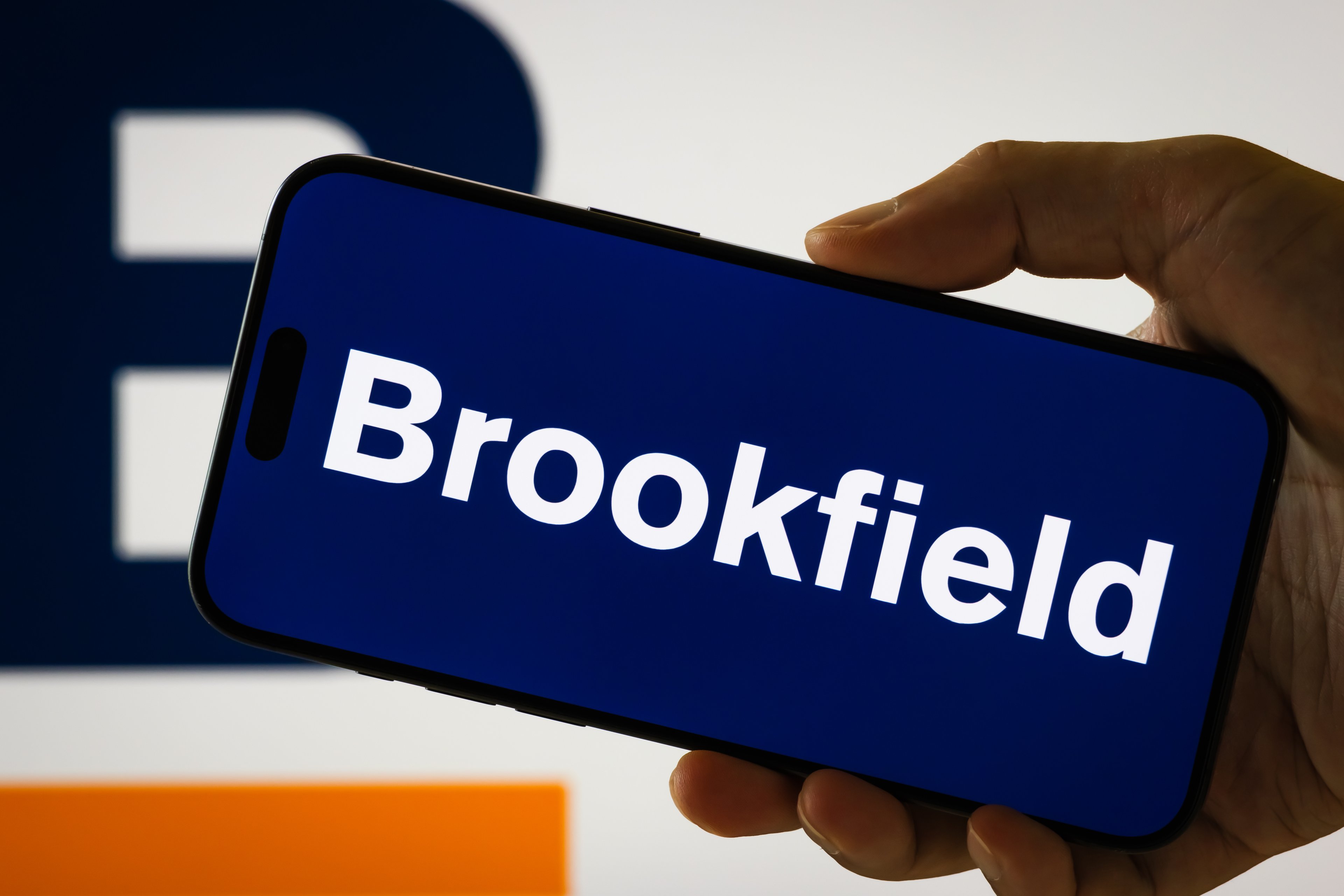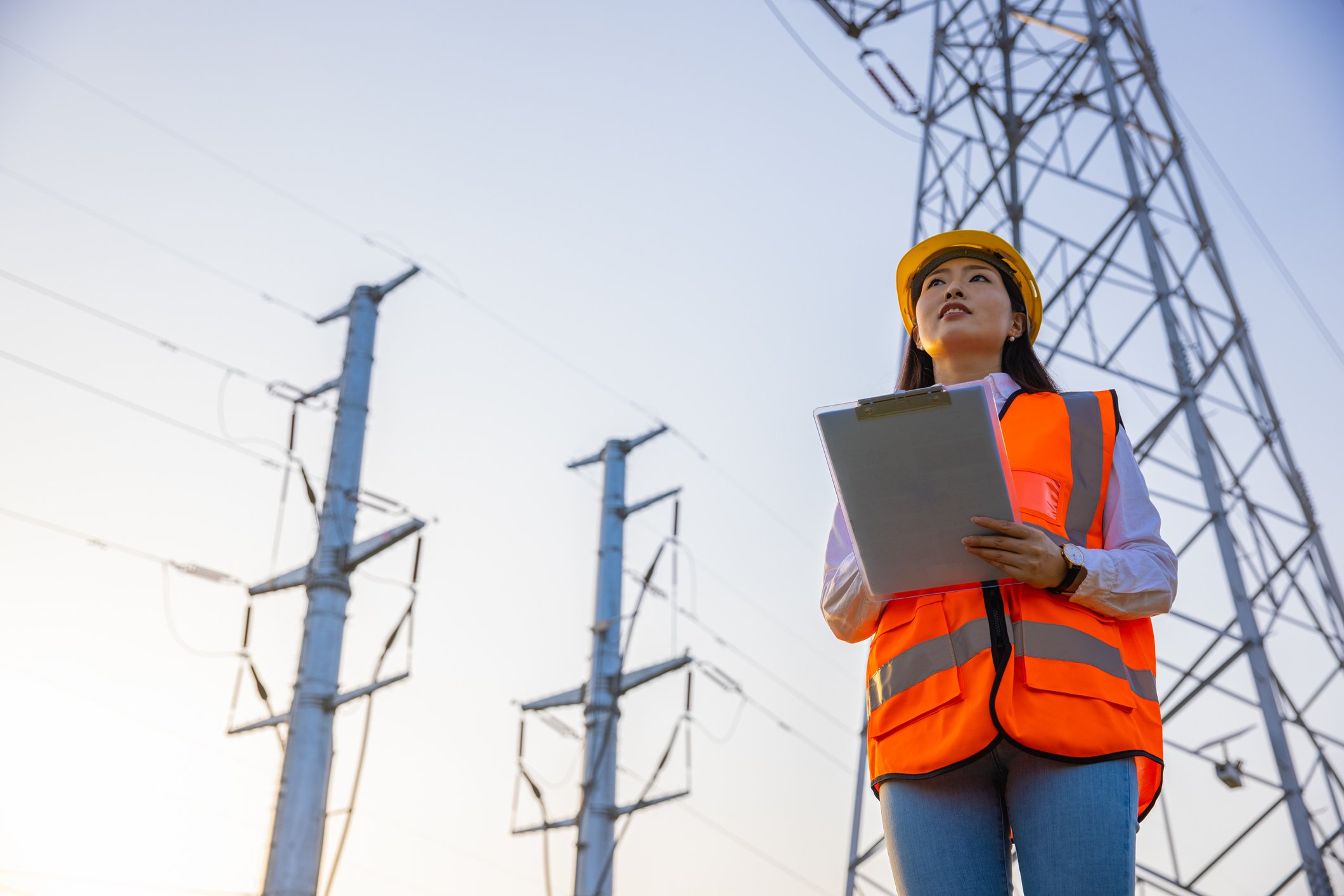Infrastructure overhaul was a significant part of Donald Trump's campaign platform in 2016, and his administration is finally starting to seek out a way to make that happen.
In this clip from Industry Focus: Energy, Transport Topics reporter Eugene Mulero explains what makes up the $200 billion of Trump's proposed infrastructure plan, and how the plan would affect infrastructure spending across the U.S. Mulero also explains how the plan could streamline the project application process, incentivize more academic interest in infrastructure improvements for the long term, leverage up to $1.3 trillion in infrastructure investment over the next few years, and more.
A full transcript follows the video.
This video was recorded on March 1, 2018.
Sarah Priestley: We're going to be talking about a hot-button topic right now, which is infrastructure spending. President Trump made the improvement of infrastructure in the country a key part of his campaigning.
Eugene Mulero: Yes.
Priestley: And we're now seeing the administration seeking to deliver on those promises. President Trump has proposed a $4.4 trillion budget for next year, and it includes $200 billion for infrastructure spending. The spending plan has proved contentious. It would potentially increase the country's deficit up by $7.1 trillion over the next decade. The only thing that there does seem to be a consensus on is that the U.S. is in much need of improved infrastructure.
Mulero: Yeah, that's correct.
Priestley: I think every four years, the American Society of Civil Engineers reviews the country's infrastructure and releases a report card. The 2017 report card gave the nation a D+. Is that a failing grade?
Mulero: That is a near-failing grade. That was the grade in 2013 and last year.
Priestley: And that's for the state of country's roads, bridges, drinking waters, ports, dams, school buildings, airports and railways. The U.S. currently ranks 12th out 138 countries in terms of quality of infrastructure, according to the World Economic Forum's international comparison. I'm sure that's not where the country wants to be.
Mulero: And I've seen some rankings where they don't even make the top 25.
Priestley: Wow, that's concerning. In his State of the Union speech to Congress, the president has talked about addressing crumbling infrastructure. He actually said every federal dollar should be leveraged by partnering with state and local government and, where appropriate, tapping into the private sector for investment. He also talked about wanting to cut the approval process, which I had no idea was so lengthy before any of this discussion started. What exactly is President Trump proposing?
Mulero: He's calling for $200 billion to be in direct federal funds. That's money that the U.S. Congress will have to appropriate, that appropriations committee will have to sign off on $200 billion. Of that $200 billion, $50 billion will be set up as grants that governors will be able to apply for rural projects. Let's say, Wyoming would be a perfect example.
Now, these grants would not be given, signed off, greenlighted. This will be an application process. The governors have to justify the merits of these project. $25 billion will go to incentivizing projects of advanced technology, so autonomous vehicles, smart infrastructure, vehicle-to-vehicle infrastructure technology. Then, $100 billion will be for matching funds. Out of the $100 billion, you would give an aspect of that to give it to the states. Let's say a state comes up with a plan. It doesn't have to be a rural project, but similar to the rural grant, the state says, "We have $100 million that we're ready to put up in funding. Can you match it?" The match will be 20% of that $100 million, so that'll be $20 million. The goal of that $100 billion is incentivizing a 20-80 match with the states.
The goal of these $200 billion, according to the Trump administration, is that it could leverage $1.3 trillion in infrastructure investments from not only that states but also the private sector. These would be the big banks, Goldman, etc., coming in and partnering with states on public-private partnerships to set up toll highways, private bridges that will have tolling or some sort of a fee. And ultimately, over 10 years, according to the White House, that could take you to a total of $1.5 trillion. So, that's the plan in a nutshell.
Priestley: So, just to break it down, if I was looking at a $1 million project, I would get $200,000 from the government and have to come up with $800,000 from a mixture of my own state pocket and then also private.
Mulero: And I should have said that, let's say you're New Jersey, you're a state, and you come up with $80 million, and expect that $20 million from the government as a match. You are not even guaranteed that the federal government is going to be there to meet that match. It's also an application process that will be determined by the U.S. Department of Transportation.
Priestley: You've talked about this being approved by the Department of Transportation. Is that department going to be the only department responsible for approving these permits for projects? Because they want to produce it to 21 months, is that correct?
Mulero: The permitting process, when it comes to the streamlining proposal of the plan, which is a completely different title, they want to have what they call a lead agency on a specific project. Let's say a state is looking to build a transit system. The federal government, they don't specify which agency, but the federal government will select an agency, so let's say the EPA or the Department of Transportation, to serve as what they call the lead agency. And they will oversee the entire permitting process for that project application, with the goal of taking the project from anywhere from five to 10 years down to two years. The thinking is, if you have one agency, then you minimize the applicative process.
One thing worth pointing out is, only less than 5% of the nation's projects take as long as 10 years in the application process, in the permitting process. The average time is about 3.5 years for your big transportation project. That's why we saw the Tappan Zee Bridge, the new one over in New York State, it's actually on a fast-track because it didn't have to go through a lot of the permitting process because the permitting process that already been done because there was a parallel bridge next to it, the old bridge was right there. So, they used the existing environmental documents, they had the environmental reviews done already.
And then, another thing worth pointing out in the permitting process is, there are streamlining provisions in law right now that would minimize the applicative process the Trump Administration is complaining about. And I don't mean to go way in the weeds here.
Priestley: No, no, it's interesting.
Mulero: They were signed into law in the last highway bill, the FAST Act, in 2015. And the bill before that, the MAP-21 bill in 2012, provisions in those two laws that have still yet to be taken into effect are still dormant laws because U.S. DoT has yet to, for lack of a better term, get to them. So, those laws, when executed, would minimize the permitting process, would reverse the duplicative process. Let's say, within U.S. DoT, one provision that's dormant is, if the Federal Highway Administration is doing a survey of a highway, and there's a lot of safety components, the National Highway Traffic Safety Administration, NHTSA, which is another sub-agency of U.S. DoT, will come in and do another review on the same corridor. Under this law, in the FAST Act, that would not be the case. Only the Federal Highway Administration would be the sub-agency doing the survey on the environment of that highway.
Priestley: OK. But, that's separate, essentially, to the spending plan.
Mulero: Yes. The infrastructure plan has five components, and streamlining the permitting process is one of them. Another one is to incentivize the workforce by adding more educational resources to get high schoolers and college kids to be interested in STEM programs, science and technology. It's an overarching, very ambitious infrastructure plan that, right now, doesn't really have a lot of endorsement on Capitol Hill.





